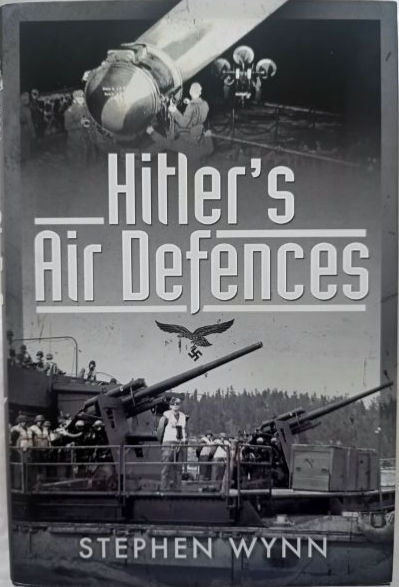A League Of Airmen: U.S. Air Power In The Gulf War (1994) By James A. Winnefeld, Preston Niblack, Dana J. Johnson
The 1990–1991 war in the Persian Gulf was one of the most thoroughly reported and commented-on military actions in U.S. history. It etched a series of vivid media images in the public mind: tracer fire over Baghdad on the first night of the war; laser-guided bombs entering air shafts to destroy buildings with pinpoint accuracy; the "highway of death" where allied forces attacked Iraqi ground troops fleeing Kuwait. Most of these images featured air power and associated technology. The impact of these images, in conjunction with the fact that for many months air forces alone waged the campaign's only offensive operations, have helped to shape the widely held perception that air power was decisive in defeating Iraq.
Since the war's end, defense analysts and scholars have vigorously debated the validity of this perception. Some have argued that air power could have won the war alone, without the employment of ground forces, if only given more time to work. Others have disputed the validity and effectiveness of certain aspects of the air war, such as the strategic campaign. Yet others have focused on the shortcomings of some weapon systems to bolster their argument that air power performance was inadequate.
In an era of shrinking budgets and reduced forces, it becomes increasingly important to understand the potential contributions and limitations of various force elements. In this volume the authors have attempted to evaluate the claims and counterclaims of the current air power debate and to provide a comprehensive and objective account of the contributions and limitations of air power in the Gulf War.
RAND's Project AIR FORCE division conducted an extensive program of original research before, during, and after Operations Desert Shield and Desert Storm. This research effort covered many different aspects of operations during the Gulf War, including strategic airlift, munitions and logistics support, command and control, intelligence and bomb damage assessment, and analysis of enemy prisoner of war interviews, among other topics. This book draws on this body of original research, insofar as is possible under classification restrictions, as well as on the authors' interviews with participants and reviews of secondary sources. A significant effort has been expended over the last two years in cleaning, linking, and analyzing a vast quantity of raw data. These data and subsequent analyses were made available to both the Pentagon's Conduct of the Persian Gulf War analysis and the official Air Force study led by Eliot Cohen. Much of the data is still in classified or in draft form. Some of the more interesting unclassified data can be found tabulated in the appendix. Analysis and evaluation of this information and other lessons learned will be continued over the next several years.
RAND is a nonprofit institution that seeks to improve public policy through research and analysis. Project AIR FORCE, a federally funded research and development center, performs studies and analysis for the United States Air Force.
- Soft Cover
- 335 pages
- In Good Condition
































